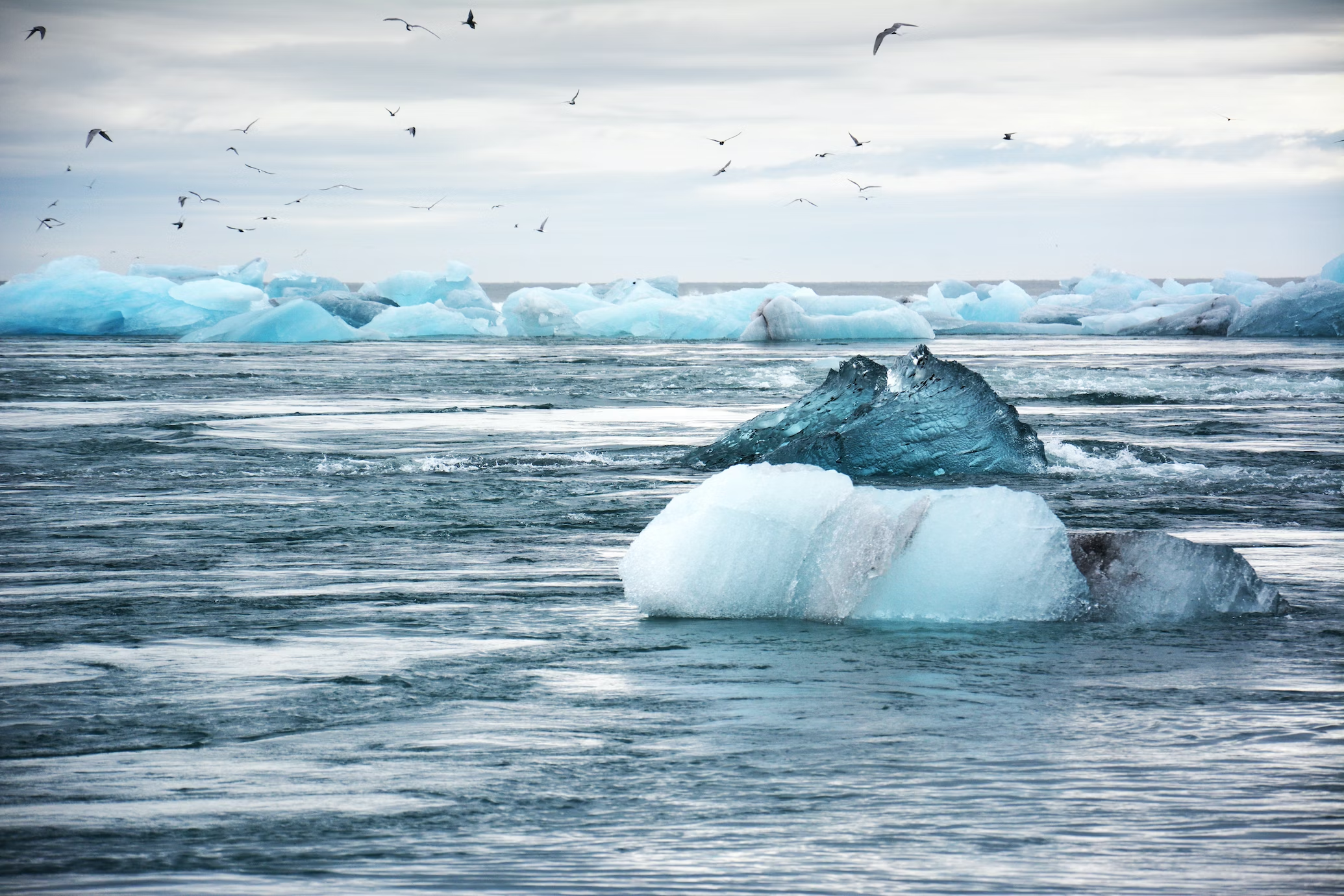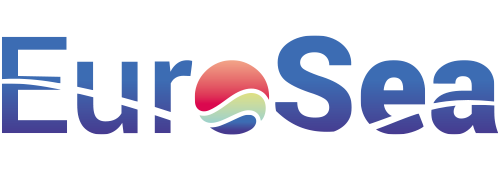
Description
This initiative revolves around the creation and refinement of ocean and climate indicators that can better support the objectives of the Sustainable Development Goal 14 (SDG14) – “Life Below Water.” By aligning Essential Ocean Variables (EOVs) with these indicators, the goal is to enhance monitoring capabilities and provide accurate forecasting tools related to marine vulnerabilities and risks.
Impact During the Project
Improved Ocean and Climate Indicators:
Traditional State: Historically, marine indicators may not have been optimally defined, lacking in capturing the full spectrum of marine risks and vulnerabilities, particularly in terms of spatial-temporal resolution.
Advancement: The initiative seeks to redefine existing indicators and introduce new ones that are more attuned to contemporary challenges and nuances. The metrics to gauge this advancement are the number of ocean and climate indicators from EuroSea that find application in frameworks like GOOS, GCOS, and FSOI.
Impact Post Project
Process Development for Indicator Definition with Global Applications:
Traditional State: Earlier processes for defining marine indicators might have been region-centric or lacked a universal approach, thereby limiting their applicability on a global scale.
Advancement: This initiative aims to streamline and standardize the process of defining and measuring marine indicators so that they have global relevance. By doing so, it aspires to unify marine observation standards and metrics across the world, leading to cohesive international efforts in achieving SDG14 objectives.
Advancement over and above State of the Art
The focus on refining and enhancing marine indicators signifies a shift towards a more nuanced and holistic approach to marine conservation and study. By recognizing the limitations of existing indicators and proactively working towards their improvement, this initiative addresses the gaps in marine monitoring and forecasting methodologies.
Furthermore, the emphasis on creating a standardized process for indicator definition and measurement speaks volumes about the forward-looking approach of this initiative. It’s not just about addressing present challenges but also about laying down a framework that can guide future marine conservation efforts globally.
In summary, this advancement is a testament to the evolving standards in marine science. By prioritizing precision, relevancy, and global applicability, it aims to empower stakeholders worldwide with the tools and metrics they need to effectively contribute to the objectives of SDG14.
Links and References
Link to D4.2- Derive observable ocean climate indicators from seasonal forecast: https://eurosea.eu/download/eurosea_d4-3_ocean_climate_indicators_revised_resubmitted/?wpdmdl=5559&refresh=650197c8600a71694603208
